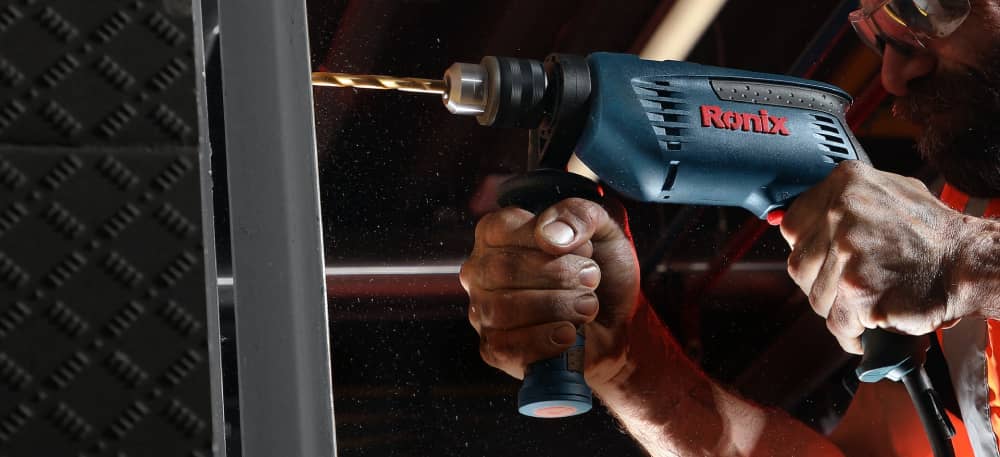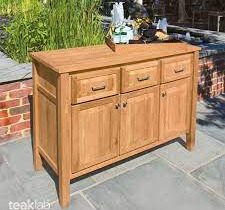Whether you’re a DIY enthusiast or a professional tradesperson, having the right drill is essential for completing your projects efficiently and effectively. With the wide range of drill options available on the market today, selecting the perfect one can be a daunting task. This comprehensive guide aims to simplify the process and help you make an informed decision when choosing a drill for your project.

1. Understand Your Project Requirements
Before diving into the world of drills, it’s crucial to evaluate your project requirements. Consider the materials you’ll be working with, the type of tasks involved, and the scope of the project. Understanding these factors will help you determine the features and specifications you need in a drill.
2. Types of Drills
There are several types of drills available, each designed for specific applications. Let’s explore some common types:
Electric Drills: Electric drills are the most popular and versatile option on the market. They offer a wide range of power and speed settings, making them suitable for various tasks. Electric drills can be corded or cordless, providing flexibility based on your project needs.
3. Power Source: Corded or Cordless?
When it comes to choosing a drill, one of the primary considerations is the power source. Corded drills provide continuous power but restrict mobility due to the cord. On the other hand, cordless drills offer greater portability but are limited by battery life. Assess your project requirements and choose accordingly.
4. Consider Power and Speed
The power and speed of a drill are measured in terms of voltage and rotations per minute (RPM). Higher voltage and RPM indicate greater drilling power and speed. For heavy-duty projects involving hard materials, opt for a drill with higher power and speed capabilities. Lighter tasks may require a drill with lower power output.
5. Chuck Size and Type
The chuck is the part of the drill that holds the drill bit in place. It’s important to consider the chuck size and type based on the drill bits you’ll be using. Most drills have a keyless chuck that allows for easy bit changes. Ensure that the chuck size accommodates the drill bits you need for your specific project.
6. Ergonomics and Comfort
Since you’ll be handling the drill for extended periods, it’s crucial to consider ergonomics and comfort. Look for a drill with a comfortable grip and a balanced weight distribution. This will reduce fatigue and enhance your control over the tool, resulting in more accurate drilling.
7. Additional Features
Modern drills come with a plethora of additional features that can enhance your grilling experience. Some notable features include built-in LED lights for improved visibility, adjustable clutches for precision driving, and hammer action for drilling into masonry. Assess the value these features add to your project and select accordingly.
8. Budget Considerations
Lastly, consider your budget when selecting a drill. While it’s tempting to go for the most expensive option, it’s important to find a drill that strikes a balance between cost and functionality. Evaluate your needs, read reviews, and compare prices to make an informed decision.
In conclusion, selecting the right drill for your project is essential to ensure efficient and precise results. By understanding your project requirements, evaluating the various types of drills, considering the power source, chuck size, ergonomics, and additional features, and taking the budget into account, you can make an informed decision. Remember, electric drills are a versatile choice that offers a wide range of options to suit different applications. So, take your time, do your research, and choose the drill that best aligns with your project needs. Happy drilling!













